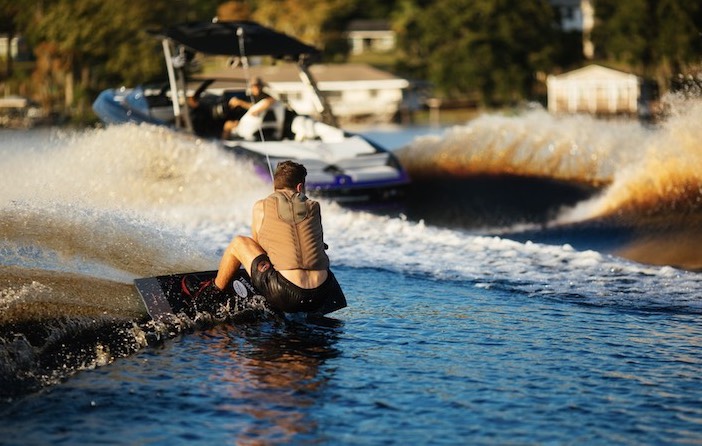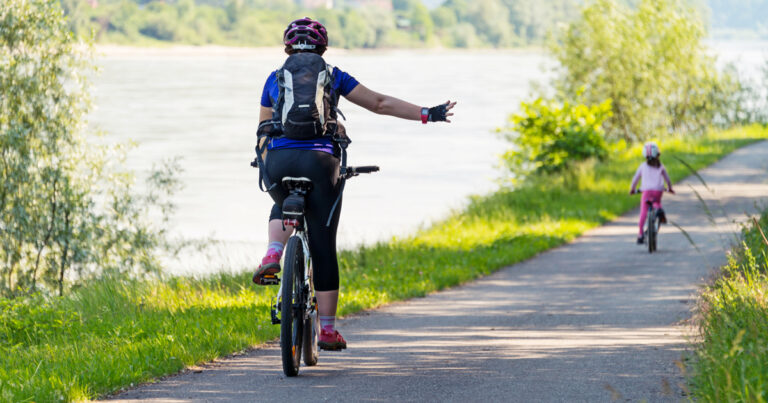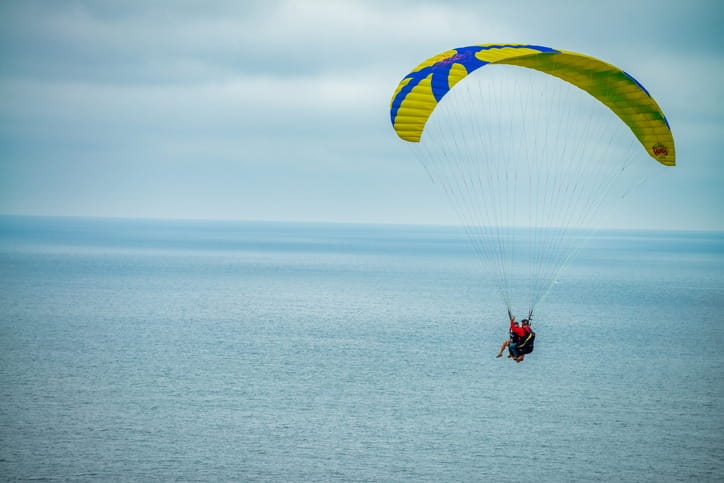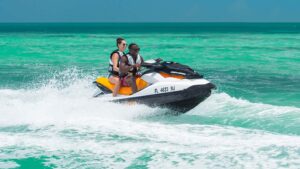Ever watched someone effortlessly glide across the water on a wakeboard and wondered how they make it look so easy? Wakeboarding combines the thrill of surfing, snowboarding, and waterskiing, offering an exhilarating experience that many water sports enthusiasts crave. However, the challenge of getting up on a wakeboard can seem daunting for beginners. Fear not, as mastering this skill opens the door to endless fun and adventure on the water. In this post, we’ll guide you through the essential steps to successfully get up on a wakeboard, from understanding the basic techniques and choosing the right equipment to perfecting your stance and balance. By the end, you’ll be ready to take on the waves with confidence and enjoy the adrenaline rush that comes with riding the wake.
Understanding Wakeboarding Basics
Wakeboarding combines elements from surfing, snowboarding, and waterskiing, offering an exhilarating water sport experience. Before hitting the water, familiarize yourself with the equipment and techniques essential for getting started.
Equipment Essentials
- Wakeboard: Choose a board size based on your weight and skill level. Beginners benefit from larger boards that offer stability.
- Bindings: Ensure a snug fit to maintain control over the board. Adjustable bindings accommodate different foot sizes.
- Life Vest: A Coast Guard-approved life jacket ensures safety and buoyancy.
- Rope and Handle: Opt for a non-stretch rope, typically 55 to 70 feet long, with a comfortable grip handle.
- Boat: A boat with a tower for higher tow points creates better lift and balance.
Terminology to Know
Understanding key terms is crucial for effective communication and learning:
- Stance: The position of your feet on the board. Regular stance means left foot forward; goofy stance means right foot forward.
- Edge: The side of the board that cuts through the water. Heel edge refers to the side closest to your heels, while toe edge is nearest your toes.
- Wake: The waves created by the boat, which riders use for tricks and jumps.
Preparing to Ride
Preparation is key to a successful wakeboarding session. Follow these steps to set yourself up for success.
Warm-Up Exercises
Engage in a 10-15 minute warm-up to prevent injuries and enhance performance:
- Stretching: Focus on your arms, legs, and back.
- Cardio: Light jogging or jumping jacks increase heart rate and blood flow.
- Balance Drills: Practice standing on one foot to improve stability.
Choosing the Right Spot
Select a location with calm waters and minimal boat traffic for a beginner-friendly environment. Early mornings or weekdays usually offer less crowded conditions.
Getting Up on the Wakeboard
The moment of truth arrives as you prepare to get up on the board. Follow these steps for a successful start.
Positioning Yourself in the Water
1. **Float on Your Back:** Hold the handle with arms straight, keeping the board perpendicular to the boat.
2. **Knees Bent:** Tuck your knees into your chest, with the board’s edge resting against your shins.
3. **Relax:** Stay calm and let the boat do the work.
Executing the Start
1. **Signal the Driver:** Give a thumbs-up when ready.
2. **Let the Boat Pull You Up:** As the boat accelerates, maintain a compact position.
3. **Stand Gradually:** Allow the board to pivot beneath you. As it planes, shift weight onto your back foot and straighten your legs.
Common Mistakes and Solutions
- Leaning Back Too Early: Stay crouched until the board lifts out of the water.
- Standing Up Too Quickly: Gradually extend your legs to avoid falling backward.
- Letting Go of the Handle: Maintain a firm grip, even if you feel unsteady.
Finding Your Balance
Once upright, maintaining balance is crucial for a smooth ride.
Body Positioning
1. **Keep Your Knees Bent:** This absorbs shocks and aids in stability.
2. **Distribute Weight Evenly:** Center your weight between both feet.
3. **Look Forward:** Focus on the horizon rather than your feet.
Steering and Control
1. **Heel and Toe Pressure:** Apply pressure to steer the board.
2. **Handle Position:** Keep the handle low and close to your hips for better control.
3. **Edge Transitions:** Shift weight smoothly between edges to navigate wakes.
Building Confidence and Skills
With the basics covered, focus on improving your technique and building confidence.
Practicing Turns
1. **Carving:** Shift weight to your heels or toes, leaning into turns.
2. **Wide Turns:** Start with gentle, wide arcs to gain comfort.
3. **Progressive Edging:** Gradually increase edge pressure for sharper turns.
Learning to Jump
1. **Approach the Wake:** Edge towards the wake with moderate speed.
2. **Crouch and Pop:** As you reach the wake, crouch slightly then extend your legs to jump.
3. **Land Softly:** Absorb the impact by bending your knees upon landing.
Safety Tips
- Stay Aware: Keep an eye on your surroundings and other boats.
- Communicate with the Driver: Use hand signals for speed adjustments and stops.
- Rest When Needed: Take breaks to avoid fatigue and maintain concentration.
Conclusion
Mastering wakeboarding requires patience and practice. By understanding the equipment, executing proper techniques, and gradually building skills, beginners can enjoy the thrill of riding the waves. Remember to prioritize safety and have fun as you embark on this exciting water sport adventure.





